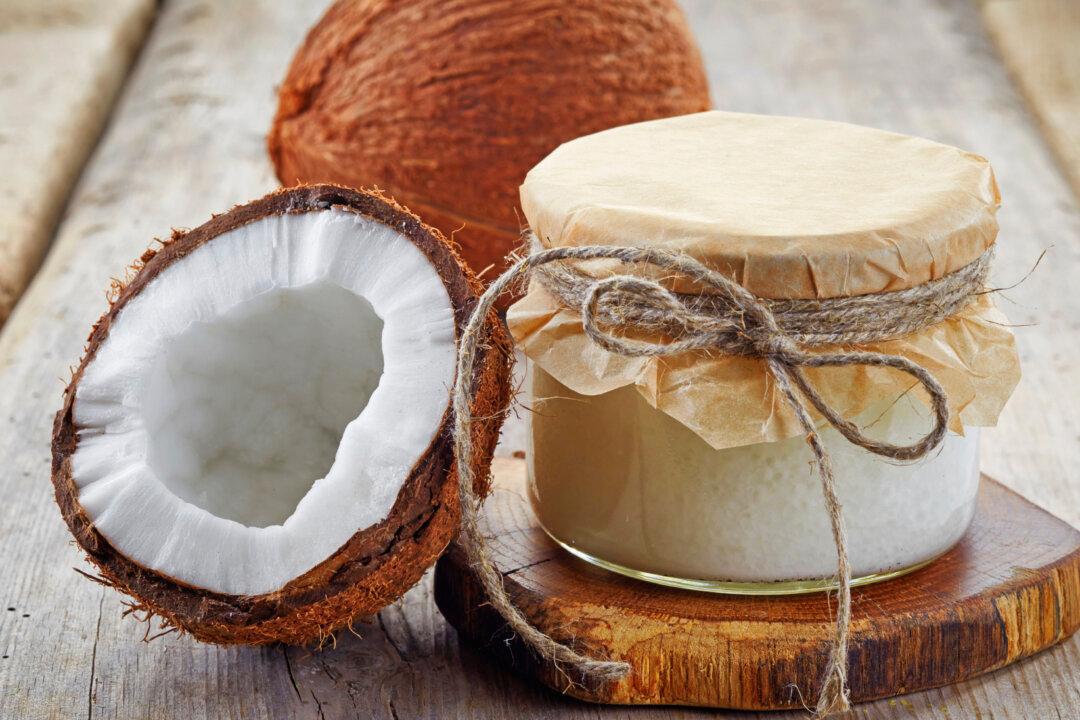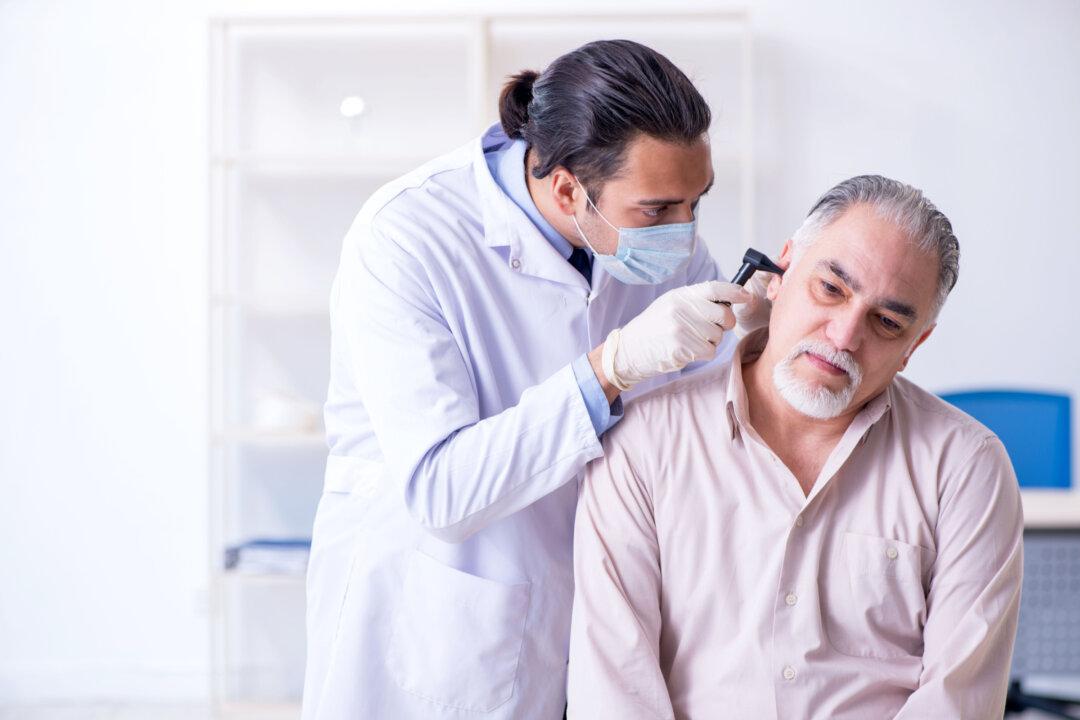A staph infection is a group of infections caused by staphylococcus, which can result in anything from a minor skin infection to a serious infection that can affect the lungs, heart and blood. Although many staph infections can be treated, there are some that are antibiotic resistant, which are more harmful.
Antibiotic resistant staph infections are known as methicillin-resistant Staphylococcus aureus (MRSA). PVL-Staphylococcus aureus, too, is resistant to many common antibiotics, which can also kill off disease-fighting white blood cells and lead to reoccurring skin infections.





